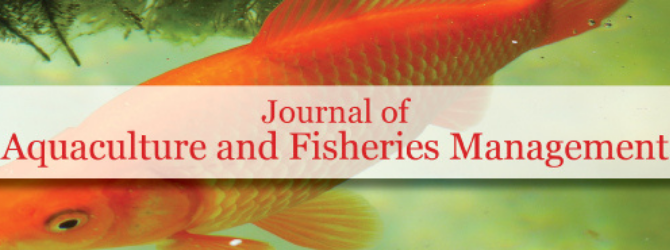
Sign up for email alert when new content gets added: Sign up
Artemia salina is a crustacean that occur in hyper saline water of the salinity 35% to 160%, hence it is commonly known as brine shrimp. It grows 10 to 15 mm and attains maturity in 12 to 15 days and reproduces parthenogenetically, thus, known for prodigality of higher population. The mature female produce up to 300 cysts that hatch out in brine every four days. Artemia can be exploited for aquaculture with sustainability. Potential yield of Artemia cysts per hectare is about 30 to 35 kg. In India, MPEDA-RGCA produces 500 kg Artemia over 18 hectares. In 1984, Artemia cyst sources (USA & Canada) produced a world cyst supply of 30 to 50 metric tons yr-1. India at present imports 300 tonnes of dried cysts of Artemia from China and USA. Sea food through aquaculture may be double if Artemia is used as live feed. This resource is expected to grow at its maximum exploitation in the forthcoming years either through natural sources or sites where it could be introduced artificially.
Lonar lake (19o58’N & 76o31’E) is a salt lake formed due to impact of meteor around 50000 year back. The brine in lake proper occupied the area of 107 hectare. The lake microbial fauna and flora constitutes salt tolerant Rotifers and blue green algae.
The water quality of Lonar lake is suitable for the culture of better quality Artemia as it provides suitable environment and abundant feed of Spirulina algae. In present study Lonar saline water is brought to the laboratory to study adaptability of Artemia so that it can be inoculated and potential yield of Lonar lake with respect to Artemia cyst production will be discussed.